Nayas: characteristics, varieties, maintenance and breeding
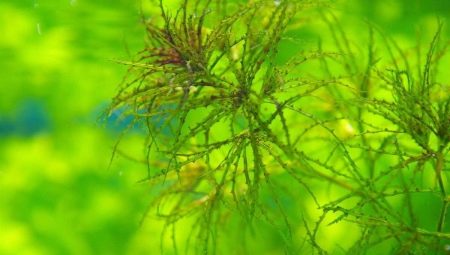
Living vegetation is an important part of the aquarium. It is necessary to saturate the water with oxygen, serves as food and shelter for fish, and also decorates the aquarium. Nayas is considered an interesting representative of aquatic vegetation, and everyone can take care of it.
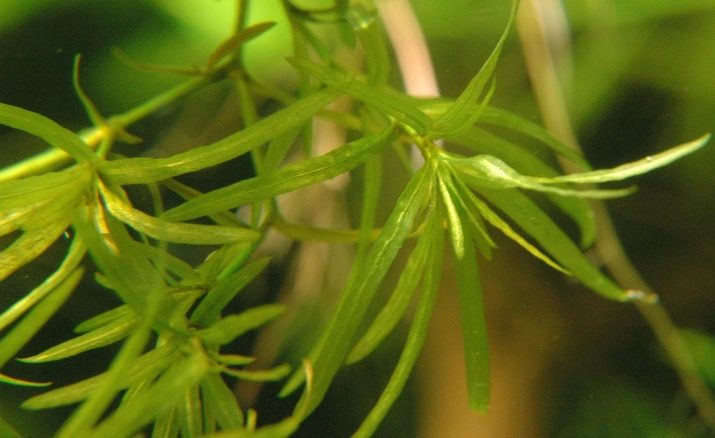
Description
Nayas is a fast-growing aquarium plant also known as naiad, rezuha. Its cultivation began many centuries ago, mentions of the bush are found in books for 1887.
This representative has the ability not only to root in the soil, but also to float freely in the water.
Nayas is considered to be a representative of the water-race.
This aquatic herb naturally grows in fresh and slightly brackish bodies of water. The naiad has a flexible stem with good branching. In length, a representative of the flora can reach about 100 centimeters. The articulations and ends of the stem are covered with jagged foliage. The color of the leaves of razuha can be very different, ranging from light green to red.
In nature, nayas can be found in the regions of Africa, America, Asia, and Europe. Naiad is often confused with another aquarium inhabitant called Elodea. They are really very similar in appearance, as they belong to the same family. The stem of elodea, in contrast to the nayass, grows up to 40 centimeters.
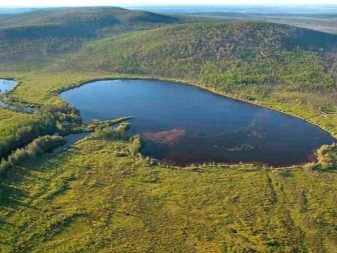

Varieties
Due to the wide variety of species of this plant, it can perfectly fit into any landscape.
Roraima
This plant was first discovered in Japan. This type of nayas is not the most common, therefore it costs much more than the others.Like the rest of the rorayma naiads, it is characterized by a weak root system and a green color. A distinctive feature of this plant is the patterned foliage and the curvature of its shape. This bush often floats in the water column or is attached to driftwood or stones.
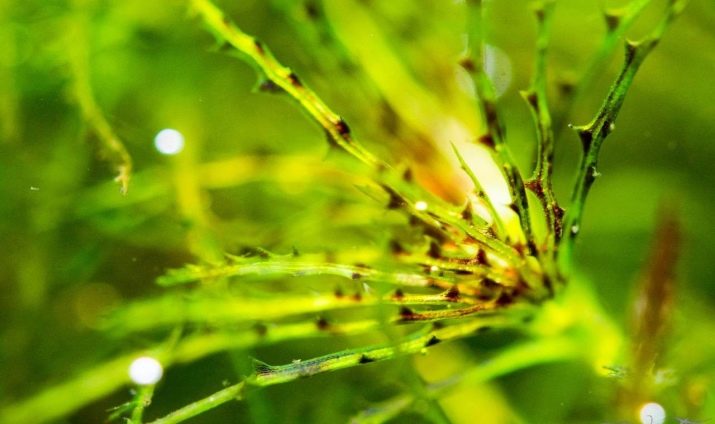
Egeria
This representative is small in size, grows up to 0.5 meters. Outwardly, it resembles the rest of the nayas.
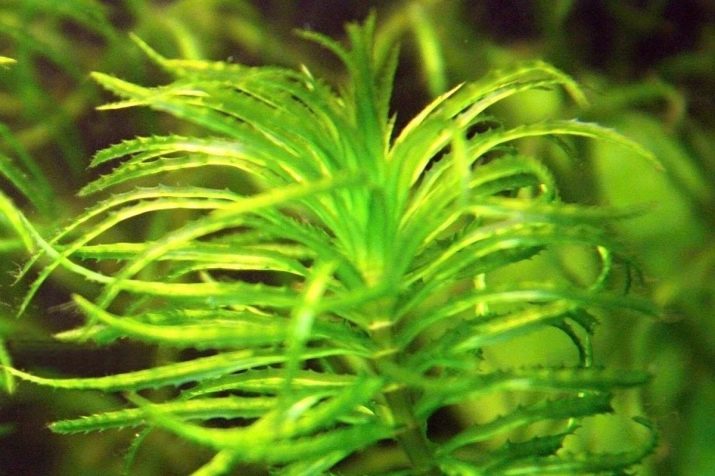
Guadalupe
The plant of this type is unpretentious and resistant to environmental influences. Under natural conditions, the growth of this naiass can be about 100 centimeters. The foliage is 40 millimeters long. On closer inspection, small spikes can be seen on the plates. The root system of the plant is poorly developed. The main color of Guadalupe nayas is considered to be green, but in some cases reddish tints may be present.
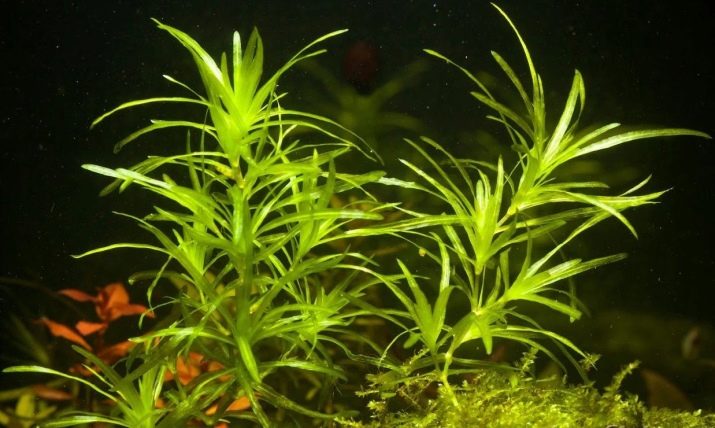
Indian
Another name for this variety of nayas is royal... It has tough and long foliage, a fragile stem that is covered with thorns. The color of the plant is saturated green, however, if the lighting in the ecosystem is too bright, then the plant may acquire a reddish tint. The indica takes root well when landing in the ground, and can also float in the water column.
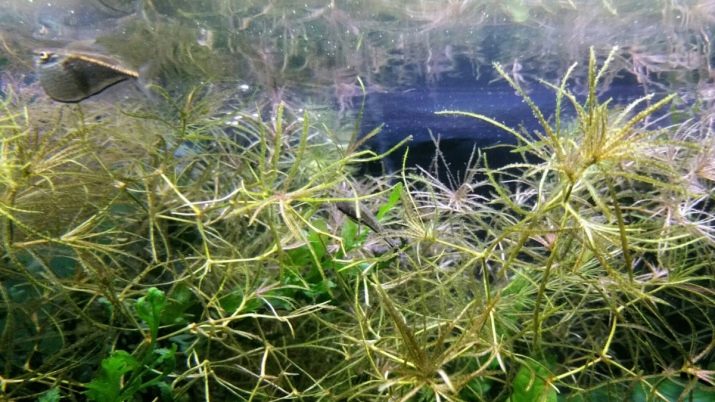
Grassy
This type of nayas is quite popular among aquarium owners. The main reason for its demand can be called the convenience of its use when creating design compositions in an artificial ecosystem. The thin and elongated foliage of the plant is in perfect harmony with the large-leaved representatives of the flora.
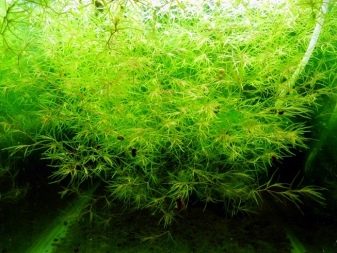
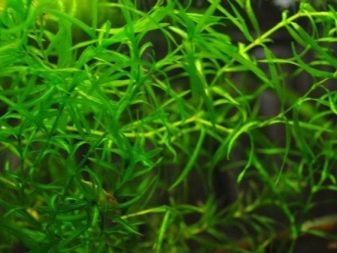
Breeding
Nayas is an aquarium plant that benefits from the speed of its reproduction. The fragile stems of the plant are its indisputable advantage, since each broken off piece can become a new representative of the plant world of the aquarium. The naiad must be repotted regularly, since with growth the species deteriorates and there is a strong shading of the aquarium. The top of the bush remains green and attractive, while the bottom becomes faded and sluggish.
This representative of the flora is capable of flowering, after which buds are formed in the plant. As a result of pollination, seeds are formed, which, after spreading, germinate and turn into a beautiful ornamental bush. This aquarium inhabitant able to reproduce by cuttingsThus, a small piece of stem can be the beginning of a garden of aquatic vegetation.
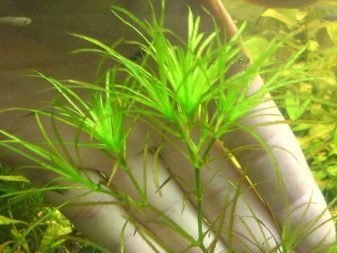

It is not necessary to plant a bush, until adulthood it is able to float freely, after which it is advisable to root the plant... If nayas needs to be planted, then there should be no difficulties in this procedure. In this case, the main thing is accuracy.
A small hole is made in the soil, in which it is worth placing the naiad. After that, the plant is sprinkled with soil for good rooting. Avoid placing a large number of stones, as this can damage the stem. When choosing a site, you should give preference well lit place, where echinodorus or nymphea does not grow nearby. It is also worth remembering that In the green part of the nayas, fish often lay eggs, so when transplanting, you should carefully examine the plant.

Content
Despite the fact that nayas belongs to unpretentious plants, the owner will still have to provide him with basic needs for normal life.
- Temperature regime... Naiads prefer water temperatures from 15 to 25 degrees Celsius. In this case, the hardness should be at a level from 7 to 15, and the acidity from 6, 2 to 7, 8 pH. In preference for this aquarium plant, water that has medium to high hardness, since it grows poorly in soft. Several times a month it will be necessary to change the aquarium water by adding fresh settled water to the tank. It is also worth remembering that there are plants that prefer to live in salt water.
- Ecosystem illumination... Nayas require direct sunlight to grow and develop normally. In the daytime, the plant should be placed in the sun, and at night it should be provided with artificial light.
- Substrate and its characteristics are not fundamentally important for nayas, as it can grow by floating in the water column. In a situation where the stem is planned to be anchored, it is better to silt the roots of the naiad. The ideal option in this case would be fine gravel or coarse river sand.

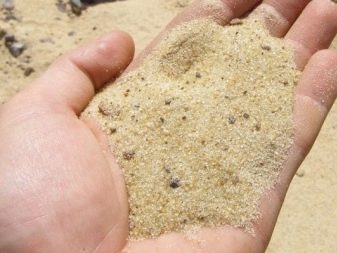
In order for nayas to grow and develop normally, it has enough nutrients that enter the water with fish food.
However, experts recommend fertilizing the aquarium bush with special fertilizing for its species once every 2 months. Feeding the naiad with CO2 also has a good effect.
Nayas is the kind of openwork algae that can easily adapt to new living conditions. With the help of this representative of flora, you can create a unique background and landscape, which embodies the bold fantasies of the owner of the aquarium. Naiad ideal for beginners, as it is not demanding to care for... In addition to the decorative function, naias bring tangible benefits to the artificial ecosystem. This plant maintains the biological balance in the aquarium, delivers oxygen to the fish.
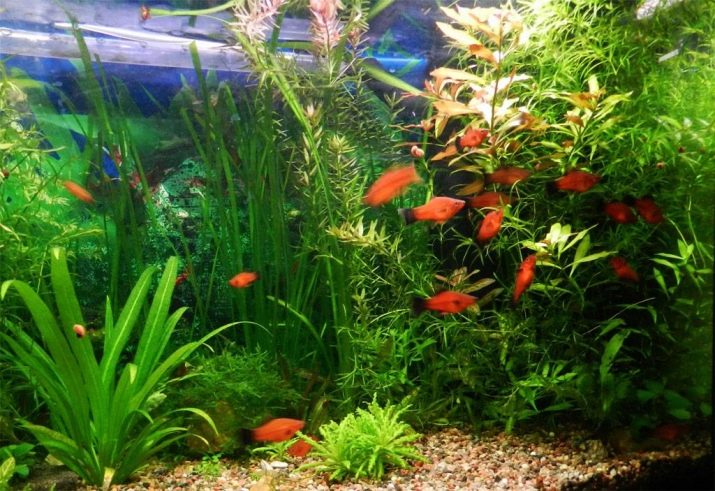
You will learn more about caring for naiyat and its types from the video.








